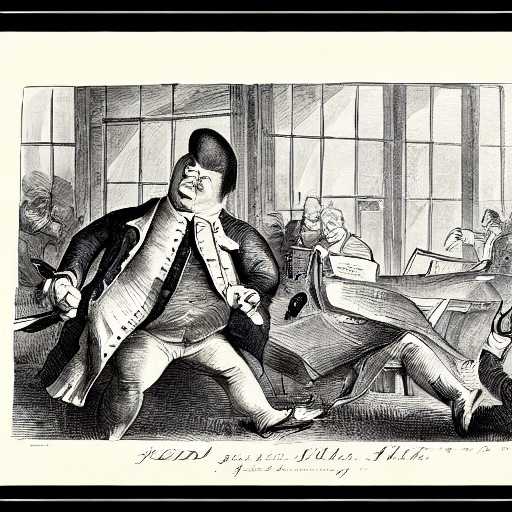The yield curve is a graphical representation of the relationship between bond yields and the time to maturity of those bonds. It is typically plotted on a graph with the bond yield on the vertical axis and the time to maturity on the horizontal axis.
Bonds are fixed income securities that are issued by governments and corporations to borrow money from investors. When an investor buys a bond, they lend money to the issuer in exchange for periodic interest payments and the return of the principal amount at the end of the bond’s term. The interest rate, or yield, on a bond is the amount of interest that the issuer pays to the investor as a percentage of the bond’s face value.
The yield curve can take on various shapes depending on the direction and slope of the relationship between bond yields and time to maturity. A normal yield curve is upward sloping, meaning that longer-term bonds have higher yields than shorter-term bonds. This is because investors typically demand a higher yield to compensate for the increased risk of holding a bond for a longer period of time.
An inverted yield curve, on the other hand, is downward sloping, with shorter-term bonds yielding more than longer-term bonds. This can occur when investors are expecting lower future interest rates, so they are willing to accept lower yields on long-term bonds in anticipation of those rates. An inverted yield curve has often been a precursor to economic recessions, as it can indicate that investors are becoming more risk averse and are expecting a slowing of economic growth.
A flat yield curve, where the yields of short-term and long-term bonds are relatively close, can also occur. This can indicate that investors are uncertain about the direction of future interest rates and are not willing to take on much additional risk for longer-term bonds.
The yield curve is an important indicator of economic conditions and can be closely watched by investors, policymakers, and analysts. It can provide insight into the direction of future interest rates and the health of the economy







